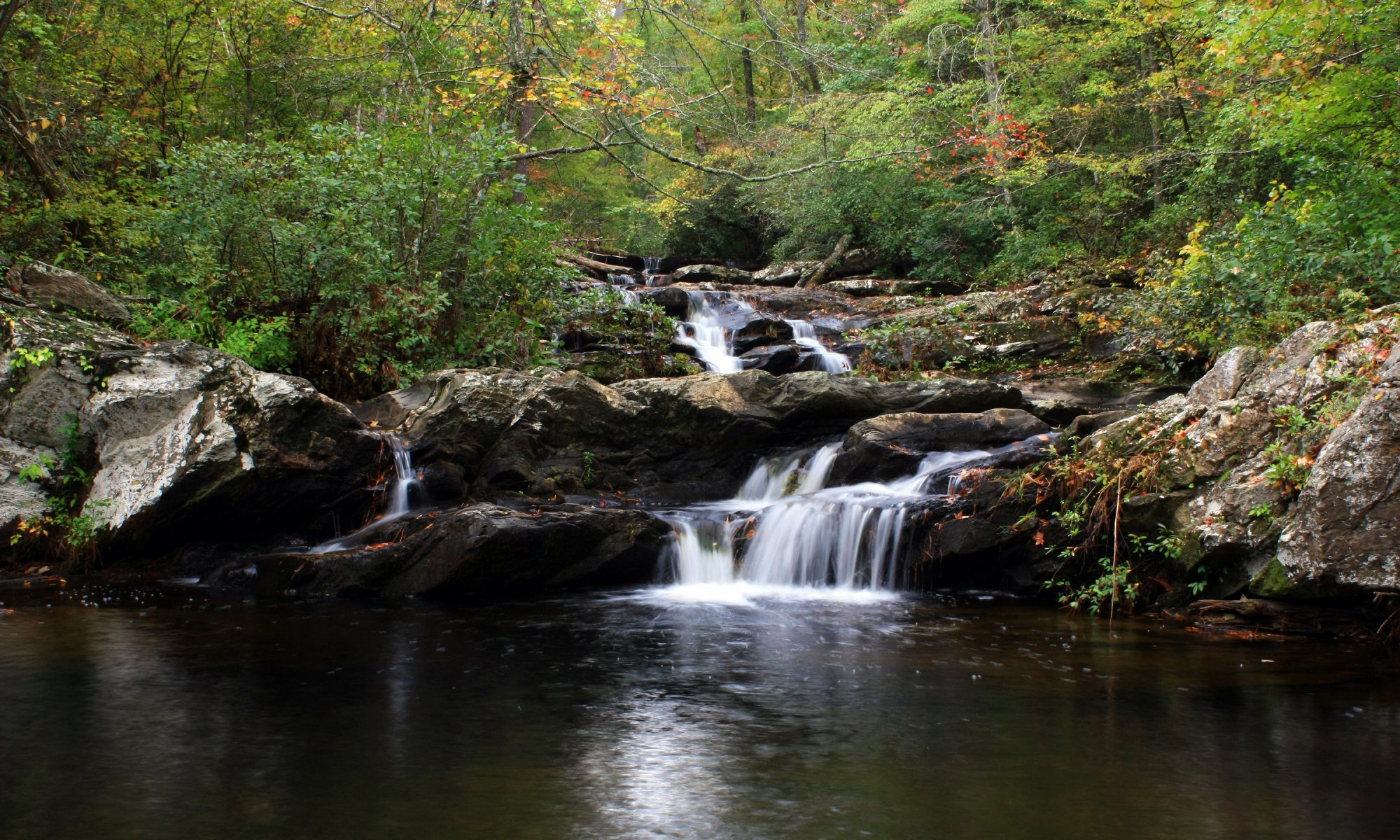
Of all the unpleasant situations that can come up in a wilderness setting—a few self-imposed, some brought to us by unexpected circumstances, and others a combination of both—one ranks high on the scale of misery: “bad” water or “bad” food.
If you’ve brought in your own drinking water supply and you run out . . . or if you’re using a pump filter and it breaks down . . . or if you’re going primitive and boiling your water as needed using a burned out wooden bowl and fire-heated stones . . . and if the weather turns so antagonistic so as to make fire-tending challenging . . . it is tempting to sip right from a creek or spring. Thirst can be like a siren coaxing one to “hope” those natural sips will be harmless.
You may have squeaked by on this gamble before with no ill effects. But the odds are against you. One day your luck will run out.
I would love nothing more than to lie on my belly and drink from a stream, harkening back to the days of the earliest people. But such a practice is no longer recommended, no matter how remote, no matter how beautiful the scenery, no matter how much we might want to emulate paleo times, it is an unwise practice. Fifty feet upstream might be a carcass or raccoon scat on the shoreline or something as minor as a dead spider. Short of an involved chemical analysis, there’s really no way to gauge the safety of surface water.
True, there are other sources of water for consumption: rain, sleet, snow, sap of grape vine, hickory, and sycamore. But these sources are not available in all seasons. Dew is a source, but dew is not always a dependable phenomenon.
This article is really all about micro-organisms, tiny creatures we cannot see. We all have lots of beneficial bacteria in our gut. These are essential to our lives. If they could migrate upward in the alimentary canal to the stomach, their presence there would be devastatingly harmful. Thankfully, they don’t make that upstream journey. Only when we take in such microbes through our mouths does trouble loom. This is why we are encouraged from childhood to wash our hands before leaving the bathroom. Inadvertently allowing traces of our own waste to enter our upper digestive system through the mouth can mark the onset of an unforgettable sickness.
Besides drinking tainted water, equally dangerous is eating spoiled food. “Dysentery” . . . “food poisoning” . . . “galloping diarrhea” . . . “the royal runs” . . . whatever you call it . . . such an experience can be completely debilitating. No matter how hardened you are by a lifetime of braving the elements, this malady will level you—literally. I know this, because I have been there. Twice.
The first time this happened I was leading a camping trip for 12 year olds in the Chattooga watershed of north Georgia. After we had set up our tents beside Warwoman Creek and settled around a welcoming fire, one of my more challenging campers offered me a “shot” of his powder-mixed Tang, the orange drink carried into space by the U.S. astronauts. His gesture of sharing was a breakthrough in our relationship, so I could not refuse.
Within two hours I was so sick I relinquished leadership to my assistant. The next day the group of campers and assistant carried me and the Tang-maker on a long return trip to our van. During that ride the camper informed me that he had scooped up water from the creek to make his fruity refreshment. Though Warwoman Creek was—in those days—a sparkling stream, it ran through miles of cattle farmlands before snaking into the National Forest to connect with the river. The boy and I were terribly sick for 5 days and sequestered away in the camp owner’s home.
Apparently, we were too demoralizing to be seen, even by those visiting the infirmary. It was the worst sick I’ve ever been: extreme nausea, cramps, fever, vomiting, and diarrhea. In short, it felt like the ante-room to death.
On the second occasion, it was my doing. On a self-imposed, solo “survival trip,” I snagged a trout for dinner. That night I cooked and ate half of it, built a primitive refrigerator of stone in the mountain creek. The shelf upon which I stored the fish was just inches above the water to receive the coolness typical of all mountain streams. The next day I sniffed the fish and detected the slightest foul aroma. Reluctant to waste what I had harvested, I made a bad decision. By cooking to an “overdone” state, I believed I might avoid any digestive problems. I was wrong. An hour and a half later I was reliving the “bad-Tang” days of hell. And this time I was alone.
But I had made one good decision before breakfast. Roaming the forest I located a small sassafras tree no taller than I. After digging for a root, I returned to my camp, cleaned the root (about the size of a ten-penny nail), scored it (lots of shallow slits cut into its surface), and dropped the root into water I had heated in a crude wood bowl. When the water turned pink, I removed the root and set it aside. This was my ace in the hole should things go bad. Only then did I eat my extra-crispy fish. If I hadn’t done things in this order, this would have been a different story entirely. Probably written by someone else.
Thankfully, just weeks before my outing, I had read a new study about sassafras. Its root tea was already known to be an immune-booster, but new research had revealed that this same tea kills micro-organisms in the gut . . . both good and bad bacteria. Though we do need the good, sometimes it’s worth purging all these critters. All it takes to get in that frame of mind is to engage with food- or water-poisoning.
Now for the miraculous part of the sassafras story: I was flat on my back, cramping terribly, nauseated to the point of misery, and so weak I could barely crawl. I drank that single cup of root tea and lay back down. Before an hour passed, I was on my feet, able to work, and nausea-free. Every symptom was gone.
In using plants as medicines, there is almost always a necessity for attention to proper preparation and dosage. With sassafras root tea, the procedure is simple. After boiling the water you can simmer or steep the root until the water turns pink. That’s all there is to it. Remove the root, let the tea cool enough not to burn the tongue, and drink one cup.
In my opinion, this puts sassafras high on the priority list of plants to know. It has at least 5 different leaf shapes, the 3 most common of which are football-, mitten-, and double-thumbed-mitten-shapes. (When sassafras gets old, it tends to make only the football-shape.) Chip away a piece of outer bark and you’ll discover a cinnamon color in the deeper flakes. In spring, after a positive ID, snack on a very young leaf and taste the “Froot Loops” flavor. (For those of you old enough, you’ll receive a nice memory from your childhood: Davy Crockett Bubble Gum.)
Only one other Southern Appalachian tree produces these same leaf shapes: mulberry. This fruit tree is filled with dangerous toxins, except in the mature fruit. Using its root accidentally could only compound your problems.
Sassafras is usually a small to medium-sized tree in Georgia. A “big” one in my forests might have a trunk as thick as my calf. One living a half-mile from my home in the national forest stands tall with a 1¾ foot diameter at breast height. On the Buffalo River in the Ozarks I met a sassafras that would take 3 grown men to reach around its trunk.
Take this tree to heart. It can be an important friend. As I always tell my students, “survival skills” begin with a knowledge of the plants in your area. Learning them is an adventure.
Secrets of the Forest (Volume 1) The Magic and Mystery of Plants and The Lore of Survival
